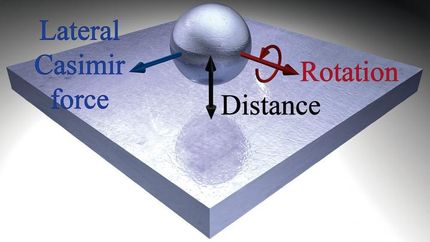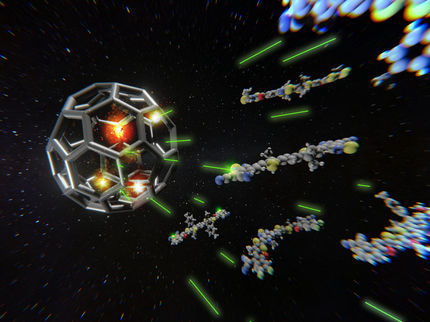Nano 'hall of mirrors' causes molecules to mix with light
When a molecule emits a blink of light, it doesn't expect it to ever come back. However researchers have now managed to place single molecules in such a tiny optical cavity that emitted photons, or particles of light, return to the molecule before they have properly left. The energy oscillates back and forth between light and molecule, resulting in a complete mixing of the two.

Mixing light with dye molecules, trapped in golden gaps.
Yi Ju/University of Cambridge NanoPhotonics
Previous attempts to mix molecules with light have been complex to produce and only achievable at very low temperatures, but the researchers, led by the University of Cambridge, have developed a method to produce these 'half-light' molecules at room temperature.
These unusual interactions of molecules with light provide new ways to manipulate the physical and chemical properties of matter, and could be used to process quantum information, aid in the understanding of complex processes at work in photosynthesis, or even manipulate the chemical bonds between atoms.
To use single molecules in this way, the researchers had to reliably construct cavities only a billionth of a metre (one nanometre) across in order to trap light. They used the tiny gap between a gold nanoparticle and a mirror, and placed a coloured dye molecule inside.
"It's like a hall of mirrors for a molecule, only spaced a hundred thousand times thinner than a human hair," said Professor Jeremy Baumberg of the NanoPhotonics Centre at Cambridge's Cavendish Laboratory, who led the research.
In order to achieve the molecule-light mixing, the dye molecules needed to be correctly positioned in the tiny gap. "Our molecules like to lie down flat on the gold, and it was really hard to persuade them to stand up straight," said Rohit Chikkaraddy, lead author of the study.
To solve this, the team joined with a team of chemists at Cambridge led by Professor Oren Scherman to encapsulate the dyes in hollow barrel-shaped molecular cages called cucurbiturils, which are able to hold the dye molecules in the desired upright position.
When assembled together correctly, the molecule scattering spectrum splits into two separated quantum states which is the signature of this 'mixing'. This spacing in colour corresponds to photons taking less than a trillionth of a second to come back to the molecule.
A key advance was to show strong mixing of light and matter was possible for single molecules even with large absorption of light in the metal and at room temperature. "Finding single-molecule signatures took months of data collection," said Chikkaraddy.
The researchers were also able to observe steps in the colour spacing of the states corresponding to whether one, two, or three molecules were in the gap.
Original publication
Most read news
Original publication
Rohit Chikkaraddy, Bart de Nijs, Felix Benz, Steven J. Barrow, Oren A. Scherman, Edina Rosta, Angela Demetriadou, Peter Fox, Ortwin Hess & Jeremy J. Baumberg; "Single-molecule strong coupling at room temperature in plasmonic nanocavities"; Nature; 2016
Organizations
Other news from the department science

Get the chemical industry in your inbox
By submitting this form you agree that LUMITOS AG will send you the newsletter(s) selected above by email. Your data will not be passed on to third parties. Your data will be stored and processed in accordance with our data protection regulations. LUMITOS may contact you by email for the purpose of advertising or market and opinion surveys. You can revoke your consent at any time without giving reasons to LUMITOS AG, Ernst-Augustin-Str. 2, 12489 Berlin, Germany or by e-mail at revoke@lumitos.com with effect for the future. In addition, each email contains a link to unsubscribe from the corresponding newsletter.
Most read news
More news from our other portals
Last viewed contents

How green cities could remove CO2 from the atmosphere - One gigatonne per year by mid-century: An study determines the potentials, various co-benefits and possible barriers to implementation
Category:Non-equilibrium_thermodynamics
Paul_Karrer
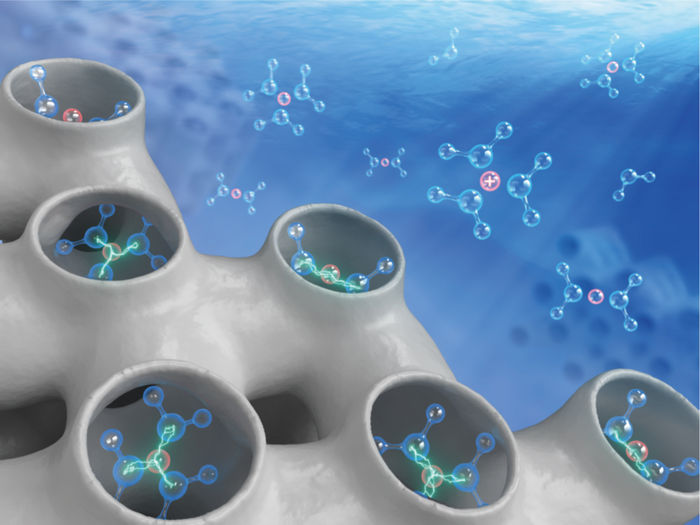
Unveiling how water and ions impact chemical reactivities at solid-aqueous interfaces
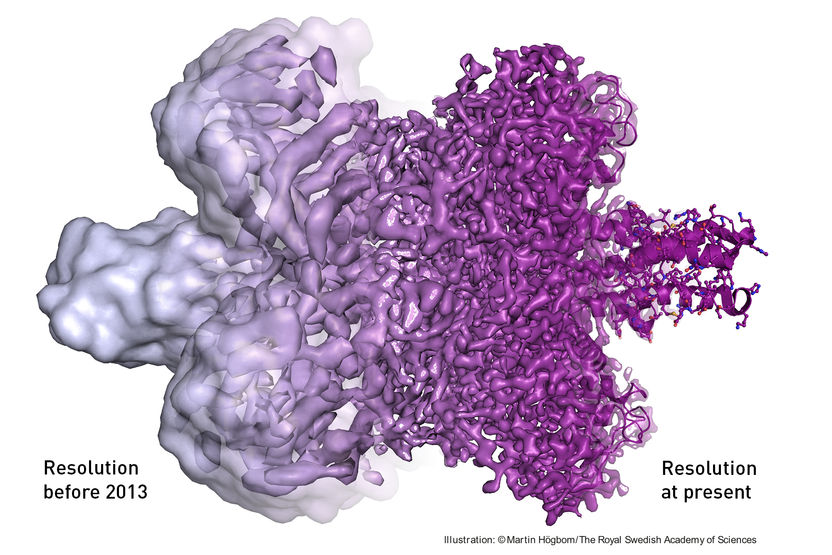
Cool microscope technology revolutionises biochemistry
Approved_drug
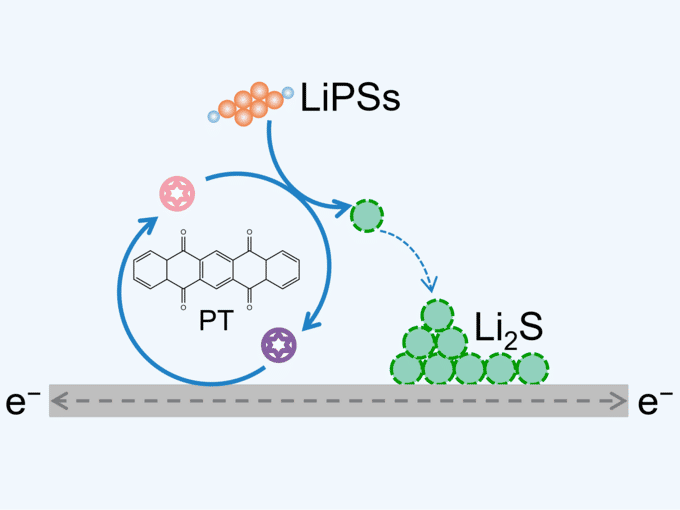
Newly proposed strategy to significantly improve lithium–sulfur battery performance - Researchers developed a sulfur oxidation-reduction (redox) mediator to improve lithium–sulfur battery’s sluggish reaction kinetics which has limited the battery’s energy density

